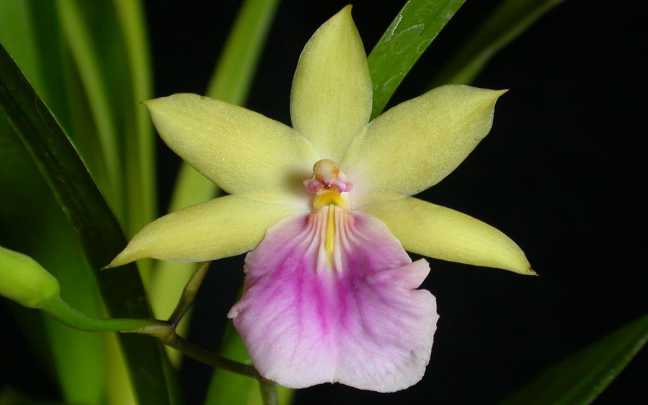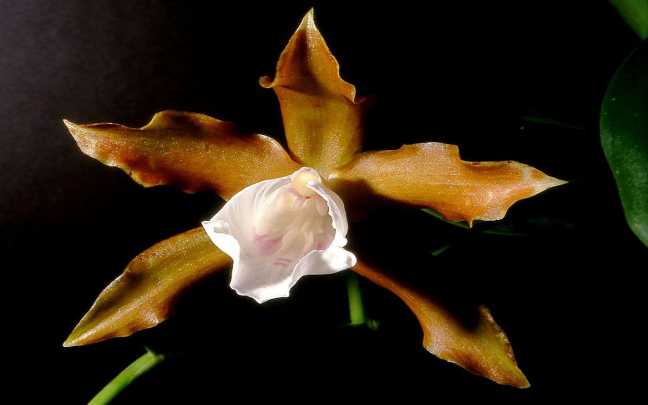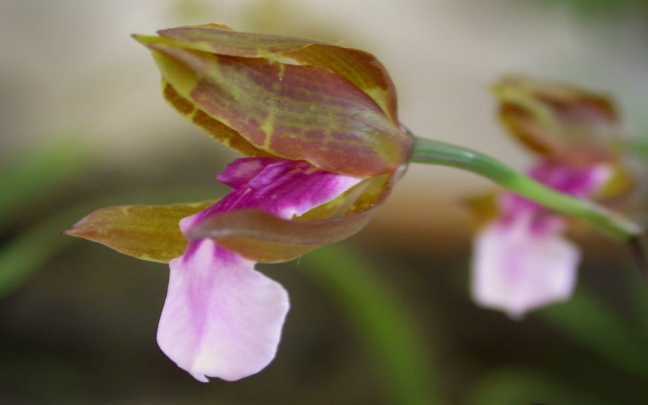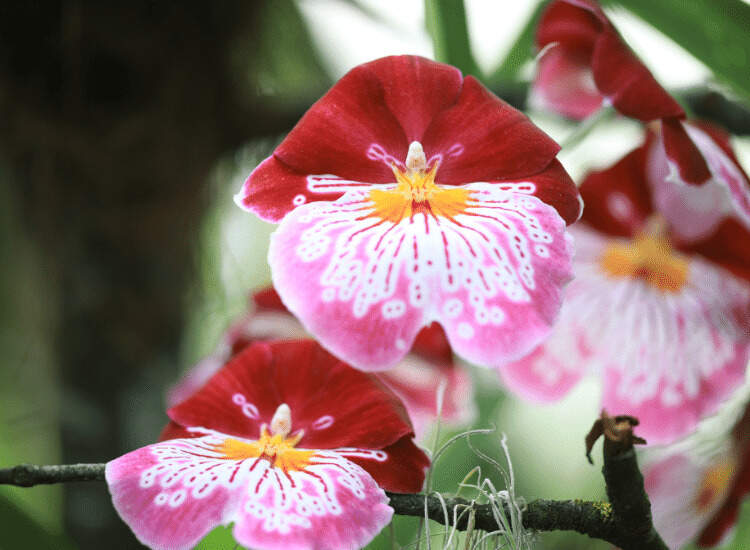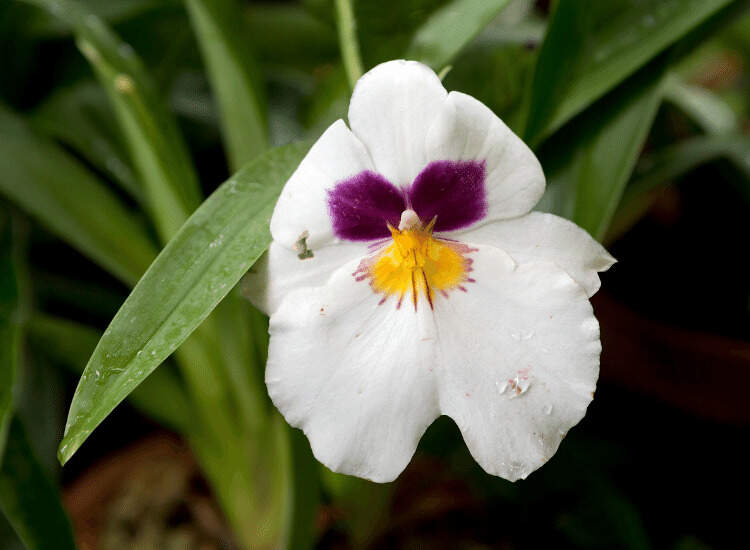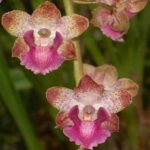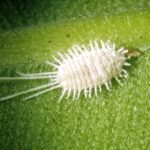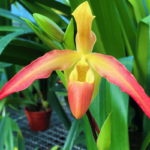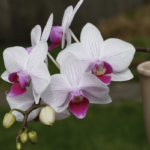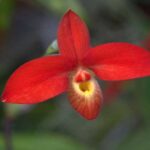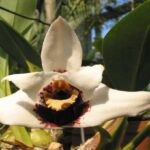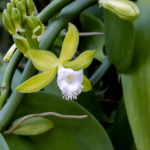Miltonia orchids were discovered in 1837 by John Lindley and there are currently 12 epiphytic species (living on trees) cataloged.
The name Miltonia was given in honor of the Englishman Charles Wentworth-Fitzwilliam. He, besides being an orchid enthusiast, was also Viscount of Milton, hence known as Lord Fitzwilliam Milton.
Miltonia orchids are not very large, averaging no more than half a meter (19.68 inches) in height.
Keep reading to learn more about the characteristics of this plant and how to cultivate them.
Learn How to Achieve Super Blooms on Your Orchids
🛑 If you love orchids and you're tired of not being able to make them bloom...
Then, know that thousands of beginner growers are achieving beautiful flowers on their orchids by following this method.
Click the button below to have beautiful orchids with show-worthy flowers every year. ⤵
Characteristics
These orchids are native to various countries in South America, such as Brazil, Argentina, Peru, Ecuador, etc.
They are usually found in drier locations.
One of the characteristics of these orchids is that they emit a slightly sweet, pleasant perfume.
Their pseudobulbs are oval and quite large, usually having 1 or 2 leaves at the top. Their leaves are narrower and wider.
Now let’s take a look at the most interesting part of these orchids, their flowers.
Miltonia Flowers
If you cultivate your orchids well, providing them with a good environment, proper watering, and fertilization, they will reward you with beautiful blooms.
For Miltonia orchids, flowering mainly occurs between spring and fall.
Their flowers are on average 10 to 11 cm (4 to 4.3 inches) in size, and the duration can be considered long, ranging from 15 to 60 days in some cases.
See also:
- How to Care for Brassavola Orchids – The Complete Guide
- Encyclia Orchids – Main Characteristics and How to Cultivate
- Fertilizers for Orchids – Which Ones are the Best? How to Fertilize?
Their colors can vary slightly, but they are usually reddish and have a very pleasant smell.
You may also find them in more white tones or even in a shade of pink.
The flowers form a cluster that, along with the leaves, covers the orchid’s trunks.
How to Care for Miltonia Orchids
This orchid is considered moderate in terms of cultivation difficulty.
So, if you are still a beginner with orchids, it might not be a good idea to start with this species.
Therefore, I recommend that you read the article how to care for orchids first.
Some orchids that are easy to grow include:
But if you really want to learn how to care for these orchids, read the tips below:
Temperature
Temperature is essential for the cultivation of all orchids.
Without the ideal temperature, your orchids will not bloom.
If you are not careful, your orchid may end up going dormant or burning its flower buds.
Normally Miltonia species can tolerate temperatures ranging from 50 to 90°F (10 to 32°C).
More extreme temperatures can harm your plant.
Miltonias have two types of species, those from warm climates and those from cold climates.
- Those from warm climates prefer a minimum temperature of 61°F (16°C) and a maximum temperature of 90°F (32°C).
- As for those from cold climates, a minimum temperature of 50°F (10°C) and a maximum of 81°F (27°C) is suitable.
Light
This is an orchid that really enjoys shade.
The recommended shading is about 70%.
And always remember to avoid direct lighting on your orchid.
Because this can directly interfere with its development and health.
To learn more, check out the article spots on orchid leaves.
Humidity
The ideal humidity is something that will ensure that your orchid does not easily catch diseases.
This is because:
- Too low humidity: will reduce the resistance of your plant
- Too high humidity: will cause it to contract serious diseases.
For Miltonias, a humidity of about 70% is recommended, but slightly lower or higher humidities are also acceptable.
Watering
As for watering, it should be abundant.
But make sure there is no water accumulation at the bottom of your orchid pot.
To learn how to water your orchids, see this article, or watch the video below:
Do You Want to Learn How To Keep Your Orchids Healthy And Ready to Bloom Every Year?
So, I prepared a complete guide, step by step and illustrated, that will show you:
• The secrets to getting beautiful flowers every year
• How to fight and identify pests and diseases on your orchids
• THE MAGIC SUBSTANCE for orchids and how to use it
• And much, much more.
The great news is that the manual is now available at a super discount!!
But beware, it's only for the first buyers.
Click on MORE INFORMATION below and discover the secrets to show-worthy flowers. 👇
Repotting
Repotting usually occurs for 4 reasons:
- You want to make cuttings of your orchid
- It’s too big for the current pot
- The growing medium is old
- It has caught some disease
And if possible, what I recommend is that it occurs after your orchid has flowered.
Usually, this is when shoots or keikis begin to appear.
This is because this way you won’t wear out your orchid so much, and you also won’t lose its flowering.
To learn how to repot, watch the video below:
Fertilizer
As for fertilizer, use NPK 10-30-20, as it will help stimulate your orchid’s flowering.
Fertilization occurs every 2 weeks, and during winter, fertilization should occur every 4 weeks.
If you notice that your orchid pot has accumulated salts, wash it, make sure you have removed all excess fertilizer, and reduce the amount of fertilizer used.
Growing medium
And last but not least, the use of growing medium in your orchids.
Miltonias are orchids that need a growing medium with excellent drainage, so the most recommended ones are:
- Coconut fiber
- Brick chips
- Expanded clay (at the bottom)
- Styrofoam
Conclusion
Miltonia orchids are incredible plants that deserve to be better known. With proper care, they can produce beautiful and long-lasting blooms.
With a little attention and care, these orchids can become one of the highlights of your collection.
And if you liked this article, share it on your social networks, and also leave a comment below.

